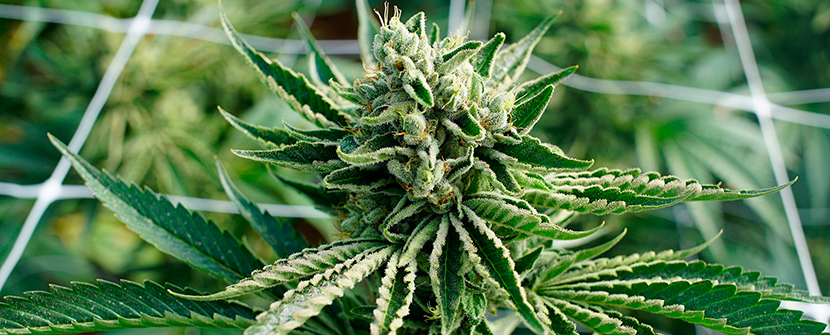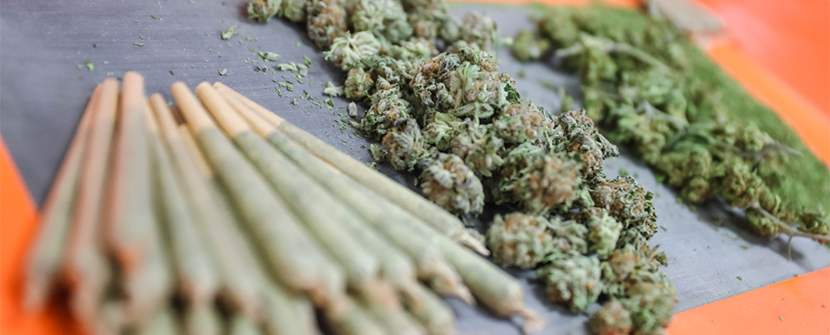Cannabis sativa, also known as marijuana, has a long and complex history, dating back thousands of years. The plant has been used for medicinal, religious, and recreational purposes and has been the subject of much debate and controversy in recent years. In this blog post, we will explore the history, benefits, and modern-day use of cannabis sativa.
History
The use of cannabis sativa can be traced back to ancient China, where it was used for medicinal purposes as early as 2,700 BCE. The plant was also used in religious ceremonies in India and was introduced to the Western world in the 19th century.
In the early 20th century, cannabis sativa was outlawed in many countries, including the United States, due to concerns about its potential negative effects on health and society. However, in recent years, there has been a growing movement to legalize cannabis sativa for both medicinal and recreational use.
Benefits
Cannabis sativa contains more than 100 chemical compounds known as cannabinoids, the most well-known of which is delta-9-tetrahydrocannabinol (THC). THC is responsible for the psychoactive effects of marijuana, which can include altered perceptions, increased appetite, and feelings of euphoria.
However, THC is not the only cannabinoid found in cannabis sativa. Cannabidiol (CBD) is another compound that has gained attention in recent years for its potential medicinal benefits. CBD does not have psychoactive effects and has been studied for its potential use in treating a variety of conditions, including chronic pain, anxiety, and epilepsy.
Other potential benefits of cannabis sativa include:
- Relief of nausea and vomiting associated with chemotherapy
- Improved sleep
- Reduced inflammation
- Improved mood and reduced anxiety
- Increased appetite
Modern-Day Use
In recent years, there has been a growing movement to legalize cannabis sativa for both medicinal and recreational use. As of 2021, more than 30 states in the United States have legalized cannabis for medicinal purposes, and 15 states have legalized it for recreational use.
Cannabis sativa is typically consumed in one of three ways: smoking, vaping, or consuming edibles. Smoking and vaping deliver the active compounds in cannabis quickly, while edibles take longer to take effect but can provide longer-lasting effects.
While the use of cannabis sativa is legal in some places, it is important to note that it is still illegal in many parts of the world. Additionally, the potential negative effects of long-term cannabis use are not yet fully understood, and research is ongoing to better understand the potential risks and benefits of the plant.
In conclusion, cannabis sativa has a long and complex history, and its use and legality continue to be a topic of debate and controversy. While the potential medicinal benefits of the plant are promising, it is important to approach its use with caution and to be aware of the potential risks and legal implications. As with any substance, moderation and responsible use are key.




